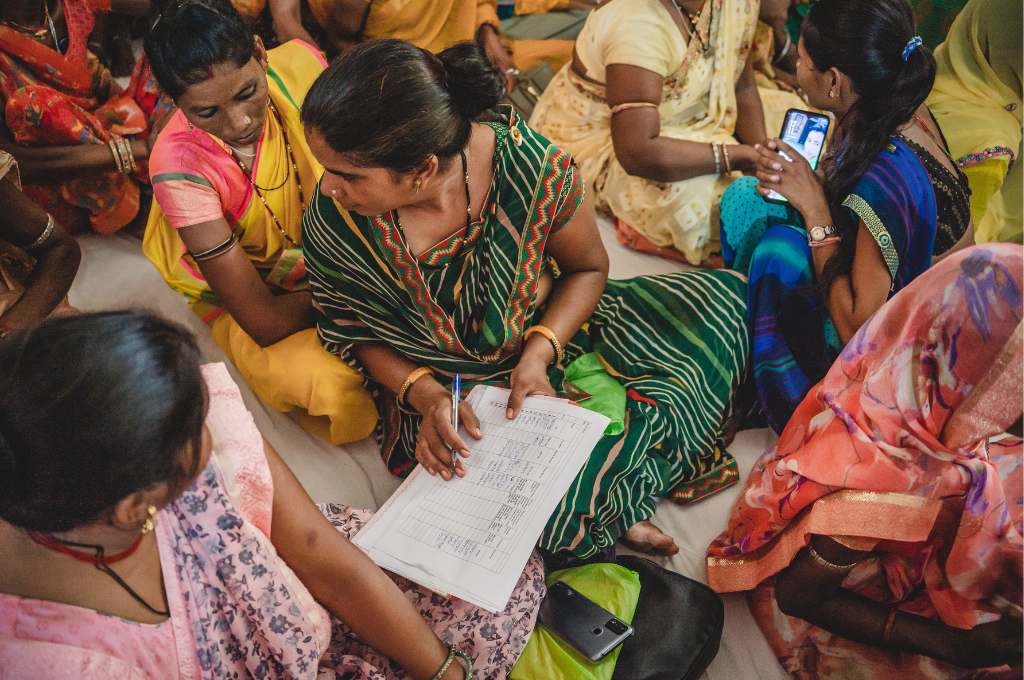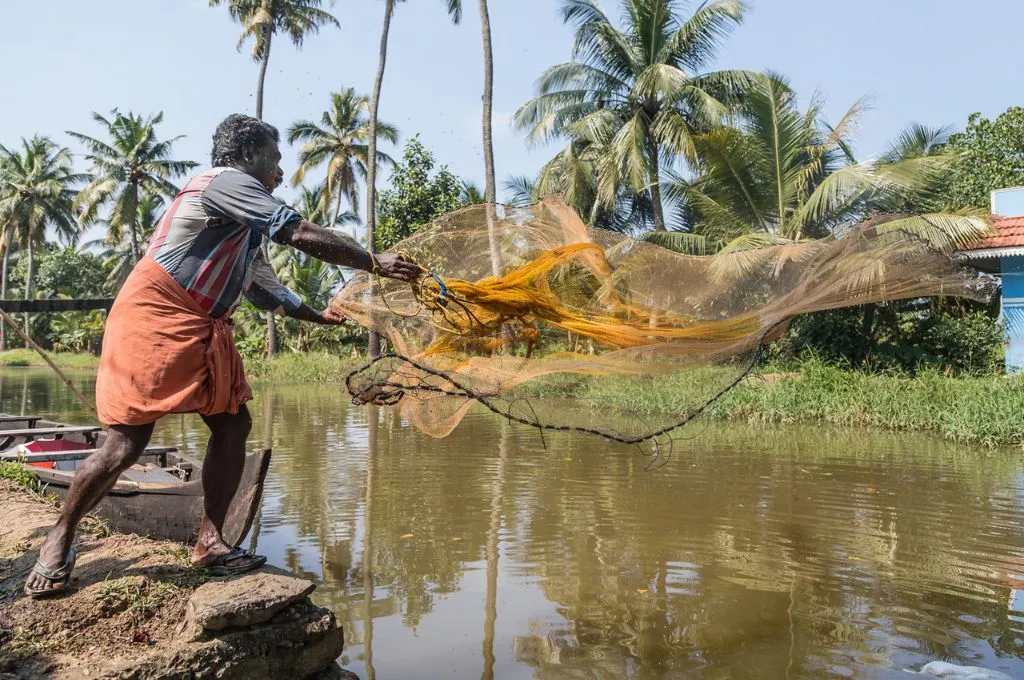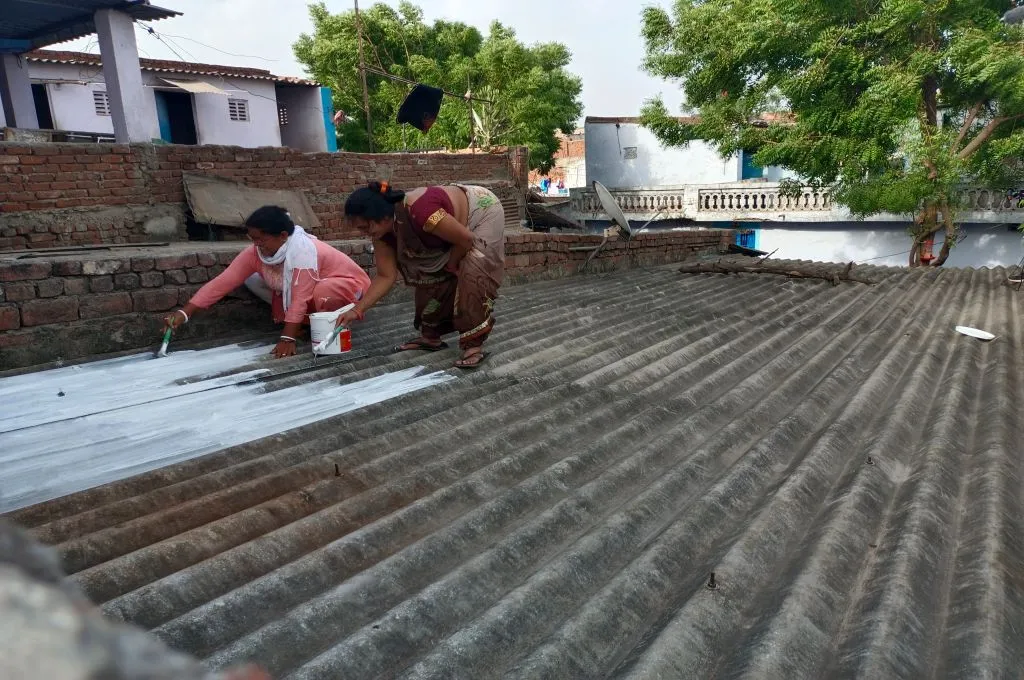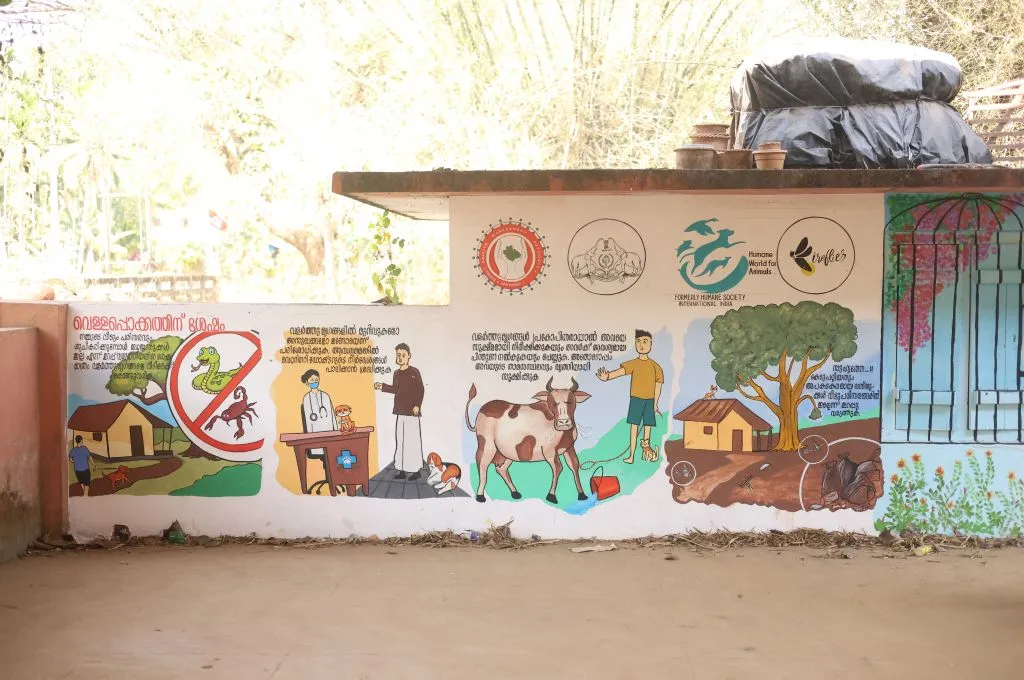Solar pumps, solar dryers, solar silk reeling machines, and biomass-powered cold storages are some of the emerging applications of decentralised renewable energy technologies (DREs). DREs provide clean power directly at the site where it is needed and consumed. This can be vital. By creating localised energy sources that benefit households and enterprises directly, DREs can enhance climate resilience for vulnerable populations. For instance, they can help reduce the burden of high costs associated with large solar farms and extensive grids, empowering individuals and communities to become self-reliant in energy production. In turn, they can prove to be a cost-efficient solution for micro and small entrepreneurs, particularly in rural India.
A study points out that these technologies have the potential to impact 37 million livelihoods in India. The Ministry of New and Renewable Energy (MNRE) has already developed a dedicated policy framework to drive the adoption of DRE solutions. Central government schemes such as Pradhan Mantri Formalisation of Micro Food Processing Enterprises (PMFME) and Agriculture Infrastructure Fund (AIF) are also being leveraged to unlock support for DRE solutions such as cold storage, dryers, and horticulture processors. However, despite their immense potential, DREs face some challenges as well, including high adoption costs, limited market linkages, and a lack of training modules on operations and upkeep.

Therefore, as DREs expand and new technologies emerge, a robust strategy is essential. This strategy should be based on evidence from the ground and address implementation challenges such as technical limitations and unforeseen market or social complexities. To spur such evidence-driven research, CEEW—as a part of its Powering Livelihoods programme(a joint initiative by CEEW and Villgro)—conducted user impact assessment studies in 2022 and 2023. These studies involved approximately 1,700 users of eight DRE technologies across more than 19 states and UTs across India. The primary objective was to understand the socio-economic and environmental impact of these technologies. The target respondents were direct users of the technology, including small food-processing entrepreneurs in Uttar Pradesh, silk reelers in Chhattisgarh, small-scale farmers in Odisha, and cattle farmers in Andhra Pradesh and Karnataka. Since the users selected and procured the technologies they needed on their own, neither the programme nor the researchers had influence over who would be an end user, and subsequently, a participant in the study.

However, conducting impact assessments, particularly on-ground data collection for emerging technologies, can be arduous. The process requires extensive efforts and coordination—from getting the questionnaire right to training for quality data collection. These challenges become exponential when gathering impact data from rural areas where there has been no prior interaction with the users, awareness of their whereabouts is limited, and there is little to no rapport with them.
The questions must also be contextualised based on geography and how the technology is being used. For instance, during the study, questions were framed to capture the impact of solar refrigerators; in Uttar Pradesh, they were mostly used to store commodities like milk, curd, and soft drinks, while in coastal Karnataka, they were used to store fish. Additionally, users in Uttar Pradesh were adopting refrigerators for the first time and primarily wanted to expand their kirana or bakery business, so the questions focused on the increased revenue due to a wider product offering at their shops. However, users in Kerala already had ice boxes to store fish but were beginning to shift to efficient solar refrigerators. Therefore, the questions were designed to capture the cost savings from no longer needing to procure ice for storage.
Given the diverse technologies and their varying implementation models across geographies, the studies revealed new insights on the design and execution of impact assessments. Listed below are some of our key learnings from carrying out such an impact study:
1. One approach does not fit all
We analysed the impacts of DREs across three categories: economic, social and gender, and environmental (in terms of reduced carbon emissions).
This approach allowed us to evaluate impact through multiple lenses and communicate the same to different stakeholders—including technology manufacturers, philanthropic organisations, and government departments—involved in their deployment. However, all the technologies covered in our study are used in distinct contexts, which influences their usage and impact. So, even though we used the same framework to measure their impact, the specific indicators differed for each technology.

For example, the economic impact of a solar silk reeling machine will largely depend on the amount of silk yarn produced. In contrast, the impact of a micro solar pump will depend on the effects on irrigation area, cropping cycles, and savings on diesel or electricity expenses. Similarly, the social and gender impact of a solar silk reeling machine would be measured through the change in drudgery and time poverty for the people. In the case of a solar vertical fodder grow unit, this impact would be based on the change in distance travelled and time spent by a person on fodder collection and preparation, especially in cases where women are responsible.
The environmental impact of these solutions will also depend on their power rating and usage pattern. Some may have seasonal usage, such as solar dryers, which can dry a wide range of commodities such as fruits, flowers, herbs, and vegetables. Others are used year-round—solar refrigerators, for instance, which can store commodities such as soft drinks, milk, fish, dairy, and bakery products.
Therefore, in order to correctly assess the impact of clean energy technologies, we found it vital to understand the variations in usage and context. To develop this understanding, we conducted field visits, interacted with the people involved in the implementation, and outlined the use cases before designing the questionnaire. We also felt the need to define specific indicators for economic, social, gender, and environmental impacts.
2. Validating questions helps
To arrive at the net income change enabled by the technology, it was essential to understand the overall net income of the user: a) before they had used the technology, b) while they were using it and c) post use of technology. This allowed us to establish the actual income impact of the technology after noting the changes in income due to other probable reasons.
However, acquiring reliable data on the change in a person’s net income after using a specific technology proved to be challenging. In most cases, there was hesitation about reporting the actual income. To minimise the gap in reporting and validate the income-related data, we made tweaks in the questionnaire and asked respondents for information on DRE usage, productivity (output), savings, EMI payments, and operational expenses, depending on the type of technology. This helped measure the change in income more accurately. By using these indicators, along with the secondary data on the actual output of the machine, it became easier for us to identify any anomalies in the reported income data. For example, the income of people using solar silk reeling was verified by checking the reported output values and the sale price of the reeled silk.
In this process, we also understood the importance of ‘back checks’, where we reached out to the users to validate certain responses. Instead of just relying on a third-party data collection agency to conduct these checks, we randomly selected a few users (at least eight to 10 users per technology per geography) to check the data validity. These users were then contacted to make sure that their responses to some of the survey questions were being interpreted correctly. This helped us validate the responses and further contextualise the solution’s impact on the user.

3. Enumerators need rigorous and interactive training
With more attention being given to data and evidence for improving programmes and policies, data collection on development projects is increasing, especially in education, healthcare, and livelihoods. However, this is not the case for cleantech–related interventions. These solutions are lesser known and seen, and their technicalities and use cases are poorly understood. For example, dairy farmers in Rajasthan, Andhra Pradesh, Karnataka, and Bihar typically use a solar vertical fodder grow unit that works on hydroponic technology. However, enumerators, who are critical for data collection from the last mile, hadn’t seen such technology before and do not understand its use and advantages for dairy farmers.
Therefore, training data collectors on clean-tech innovations is imperative. During our study, we found that showing videos of users talking about their experiences and images of different technologies helped the surveyors understand and become more familiar with the technologies. Role-play and mock interviews also helped improve the quality of data collection.
Working with enumerators, however, also helped researchers understand certain regional nuances. For instance, we conducted several pilots as part of our trainings with enumerators, where the researchers acted as respondents. These exercises helped researchers understand the regional usage of certain words and phrases (such as ‘loan’ and ‘net income vs gross income’), leading to a more accurate framing of questions. This also helped the researcher get a first-hand understanding of how the questions are being asked post-training.
Therefore, it is crucial for data collection agencies to invest in building capacity of their staff on emerging sectors/fields of intervention in climate action. The organisations commissioning such assessments must also reserve a greater portion of their budget and time for training, recce, and pilots.
4. Gender must be a focus
One key claim of DRE technologies is their potential to enable and enhance economic pathways for women. DRE solutions, with their ability to address unreliable electricity and mechanisation, can create livelihood opportunities for women who are largely working out of their homes while simultaneously taking care of domestic work. DREs can also help reduce the drudgery involved in their current livelihoods. For instance, solar silk reeling machines help female reelers move away from thigh reeling, a manual practice that is laborious and frequently results in injuries.
Therefore, while studying the impact of DRE technologies on women, we focused on collecting data on indicators such as shifts in knowledge or skills related to adopting a technology for livelihoods, their mobility, as well as their decision-making agency. By collecting gender-specific data, we uncovered details such as the number of cases in which the women own the product (that is, it is purchased in their name), but it is the men who use it and sell the final product, which makes them the decision-makers. These insights have helped us better understand the dynamics on the ground and strategise effectively to ensure that more women actively use the product and earn incomes. When devising questions, we were also mindful of the challenges in order to bring out insights relevant to accelerating gender inclusion.
As new technologies like DREs emerge, it is imperative to verify their feasibility for the people they aim to serve. Conducting such assessments is essential for standardising frameworks and mechanisms for impact measurement and bringing consistency to the process. Establishing solid feedback mechanisms to assess, revise, and refine these technologies is also crucial to guaranteeing that no one is left behind in the transition to clean energy. These learnings can then be further applied to sectors beyond clean energy, especially to those working towards enabling equity for communities.
This article was updated on 3 October 2024 to indicate that the Powering Livelihoods programme is a joint initiative of CEEW and Villgro.
—
Know more
- Read this article to learn more about how DREs impact livelihoods.
- Read this report to learn more about what makes climate tech work.
- Learn about the impact of DRE in northeast India.





